Supermicro started the AMD EPYC journey often. They had the first functional AMD EPYC 7001 series in the STH data center lab in 2017, long before other large vendors even announced a product. Since that time, Supermicro has grown a lot in its offerings, embracing different models such as single-socket “P” series support that at first did not make sense to a company primarily selling dual-socket Intel Xeon platforms. Three and a half years into the journey, Supermicro has gone from a small AMD portfolio to creating some interesting configurations based on the new AMD EPYC 7003 series, codenamed “Milan.”
Supermicro AMD EPYC 7003 Series Milan
Much of the Supermicro AMD EPYC 7003 series for Milan is comprised of updated “Rome” platforms since they use the same PCIe Gen4 motherboards, just with a BIOS update. Specifically, the first system we are going to review is a Supermicro AS-1024US-TRT which we will then be able to compare to the company’s Intel Xeon offerings as it is more of a directly competitive “Ultra” platform. This will serve as one of our main head-to-head comparison points.
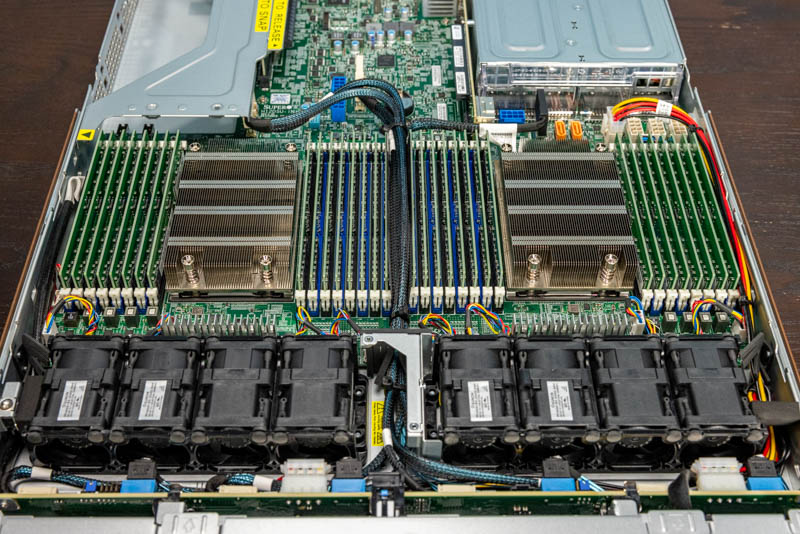
Supermicro has gone beyond just offering parity with Intel Xeon systems, or simply providing similar functionalities for several quarters before new Xeons hit the market. An example of this is the new 2U 2-node GPU server. Supermicro has a new 2U offering that has one AMD EPYC 7003 series CPU per node with 8 DIMM slots. Each can then house 3x double-width or 6x single-width GPUs/ accelerators bringing a dense accelerated compute platform while leveraging PCIe Gen4 along with shared chassis, power, and cooling.
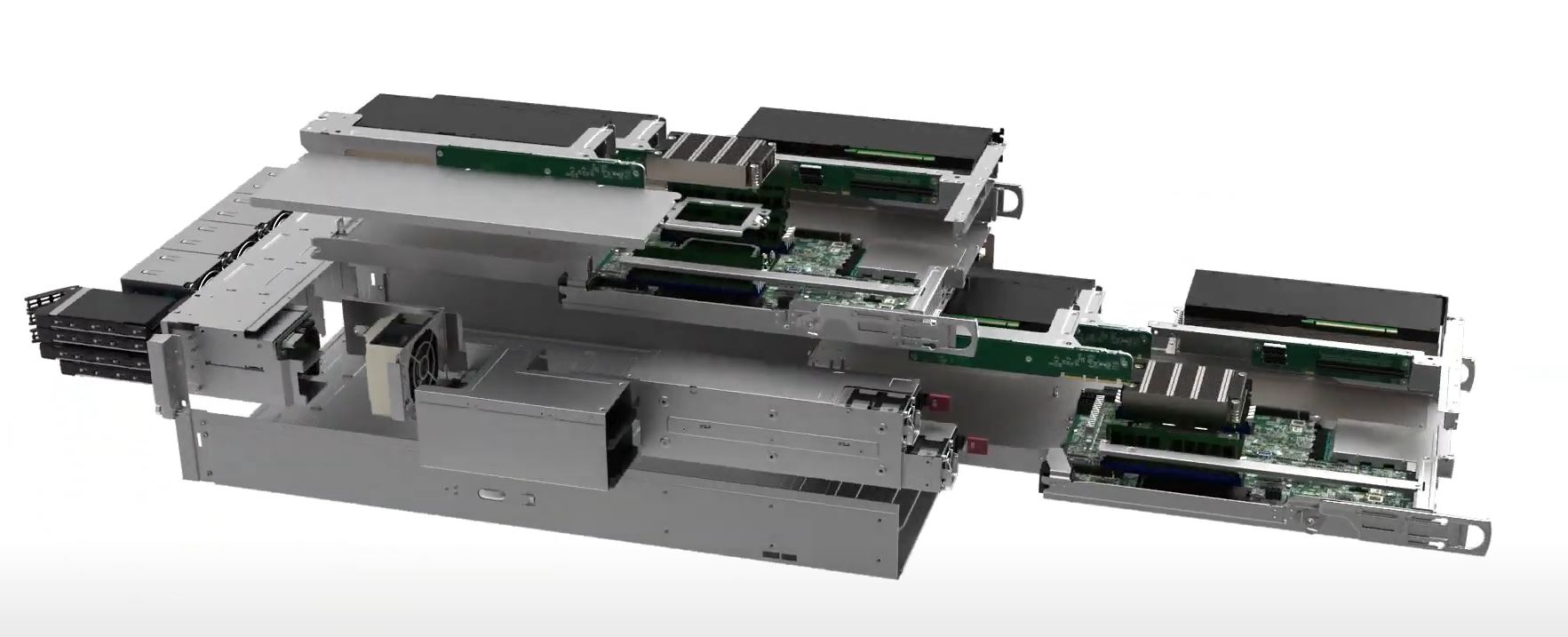
This 2U 2-node GPU server is one we hope to be able to review. Conceptually, it is a fairly awesome offering for segments looking for low-cost GPU/ accelerator connectivity.
Final Words
While the first Supermicro system we are reviewing, the AS-1024US-TRT, is a safe and standard platform, which has been the hallmark of the company’s AMD offerings to date, we are starting to see new capabilities with the 2U 2-node GPU system that Supermicro is designing specifically to address unique market segments, much as it has historically done with Intel Xeon solutions.

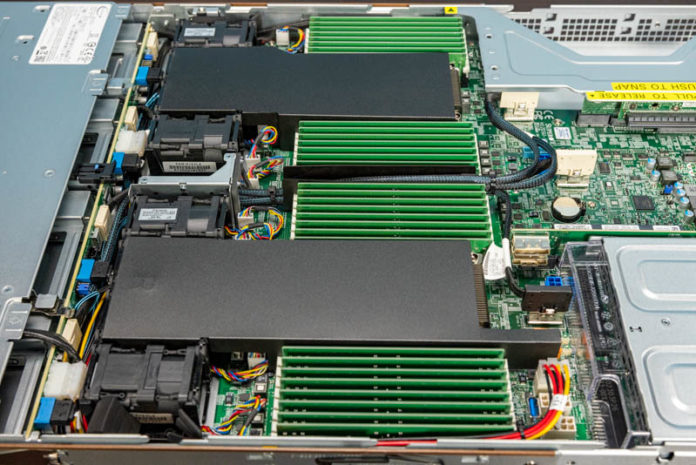
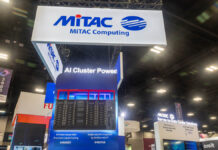
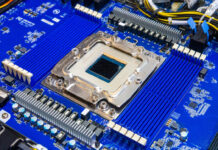

Any chance to see a review of the AS-1114S-WN10RT? The specs look epyc.